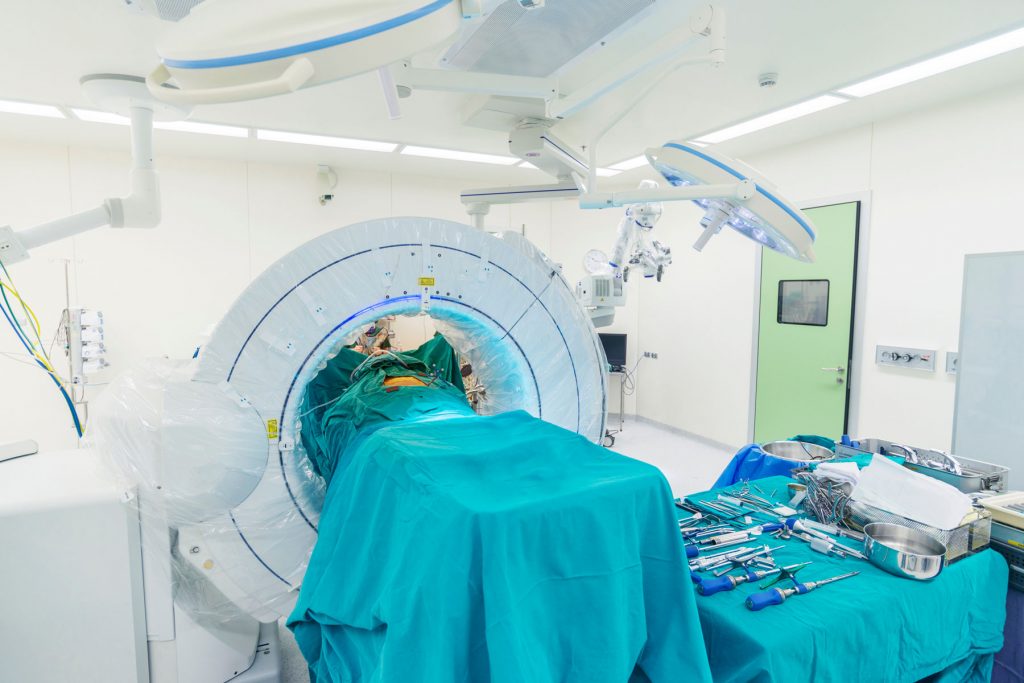 Spinal surgery has advanced significantly over the past few years and many spinal procedures that used to be performed using traditional open techniques can now be accomplished through minimal invasive spine surgery techniques.
Spinal surgery has advanced significantly over the past few years and many spinal procedures that used to be performed using traditional open techniques can now be accomplished through minimal invasive spine surgery techniques.
Traditional open spine surgery remains the standard for treating many spinal conditions. However, traditional open technique often involves larger incision, muscle detachment and wider soft tissue retraction. These access related muscle and soft tissue disruption had been linked to long term muscle denervation and ongoing pain despite resolution of initial spinal pathology.
Compared to traditional open spine surgery, minimal invasive spine surgery involves smaller incision, reduced muscle and soft tissue dissection. The aim of minimal invasive spine surgery is to achieve outcomes similar to open techniques with lesser trauma and collateral injury to surround tissues. With minimal invasive spine surgery, muscles are dilated and separated rather than being cut using modified approach to the spine. With specialised retractor and instrumentation system, spinal conditions can now be addressed through smaller working channel. Using intraoperative navigation technologies, spinal implants can also be inserted more accurately and through small percutaneous stab incisions in the skin.
The potential benefits of minimally invasive spine surgery include:
- Reduced postoperative pain
- Reduced blood loss
- Shorter hospital stay
- Faster recovery
- Reduced postoperative infection
- Better surgical outcomes
Dr Lee is proficient in many minimally invasive spinal surgical techniques including:
- Minimal invasive discectomy
- Minimal invasive spinal decompression
- Minimal invasive anterior lumbar interbody fusion (ALIF)
- Minimal invasive oblique lumbar interbody fusion (OLIF)
- Minimal invasive lateral lumbar interbody fusion (LLIF/XLIF)
- Minimal invasive transforaminal lumbar interbody fusion (MIS-TLIF)
- Minimal invasive percutaneous spinal instrumentation / stabilisation using intraoperative navigation
- Minimal invasive sacroiliac joint fusion
- Cervical disc replacement
Minimally invasive spinal surgery may not be suitable for every patient. The suitability for minimal invasive spine surgery is dependent on patient’s anatomy and spinal condition. Surgical access should not be compromised just to have a smaller postoperative incision. Dr Lee will discuss in detail the pros and cons of minimal invasive spine surgical options should surgery be required for your condition.
Dr Lee has published on minimal invasive surgical algorithm for revision lumbar spinal surgery in the Journal of Spinal Surgery to guide spinal surgeons select the most appropriate minimal invasive spinal surgery technique when undertaking revision spinal surgery. For further information, visit here.

